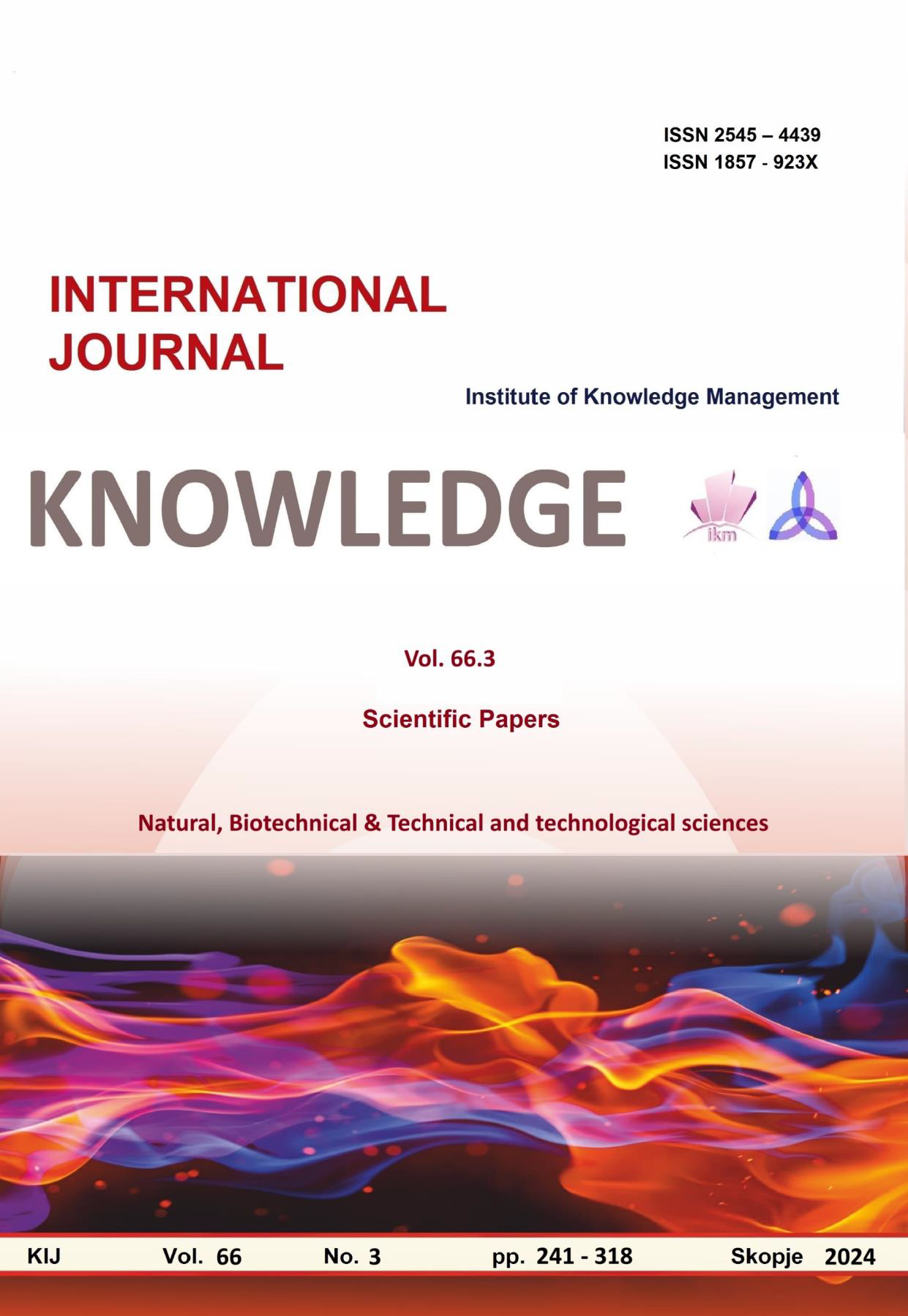INTEGRATION OF TWO-SIDED EVALUATION OF A STUDY PROGRAM TOWARDS A SINGLE QUALITATIVE REPORT
INTEGRATION OF TWO-SIDED EVALUATION OF A STUDY PROGRAM TOWARDS A SINGLE QUALITATIVE REPORT
Author(s): Riste TimovskiSubject(s): Social Sciences, Education, Higher Education
Published by: Scientific Institute of Management and Knowledge
Keywords: AHP – Analytic Hierarchy Process;QA –Quality Assurance;HE – Higher education;EHEA – European Higher Education Area
Summary/Abstract: Quality assurance in higher education is a complex multifaceted process. Based on the legislative in the European Higher Education Area (EHEA) and worldwide, it is focused on the study program as pillar of the HE system that integrates the influence of all stakeholders regarding the quality in itself. After completion of the study program, graduates are provided with the appropriate qualifications defined with the study program official approval (which is decision for accreditation from the state officials). In order to be as efficient as it is possible, it has to be directly related to two important topics in terms of qualifications delivery: what types of qualifications are delivered (types and their essence) and how are those qualifications delivered (what methods and techniques are used)? The answer of the question what is delivered is related to the substantive (essential) aspect of the study program, referring to the qualifications that are expected to be gained in terms of skills, knowledge and competencies at the very end of the study process. The answer of the question how the qualifications are delivered is related to the teachers themselves and their work during the classes, their engagement, technologies used, methods applied, specific approach etc. The qualifications that are evaluated in this work are part of the elaborate for accreditation of the study program as official document, showing exactly what is to be expected essentially from each graduate in terms of qualifications gained. On the other side, the criteria referring to the methodological part of the study program (how things are done) are part of broader analysis in another research, dealing with qualitative assessment work and model proposals related to the teachers work. There are really many aspects and criteria describing the methodological aspect of the teachers work. Related to this paper, four are evaluated: planning and organization activities, encouraging practical application of the study program during the course, application of new technologies, approaches and tools in teaching (digital per se) and direct support of the student, such as readiness to mentor each student. The idea is to combine these aspects (substantial and methodological aspect of the study program) towards generation of one single quality report. Both aspects are evaluated using optimization MCDM technique Analytic Hierarchy Process (AHP) related to a specific study program, that enables transition from qualitative to quantitative aspect, with objectivity included, thus enabling data processing and generating readable reports. One basic assumption in this paper is that the importance of the substantial and methodological part of the study program conduction is equal, meaning they equally participate in the process of formation of the educated stuff. But, the model itself proposes possibility of different approach towards their importance, depending on the needs and the estimates. At the very end, results are combined in one final report showing the efficiency scale of the courses related to the both aspects evaluated with the AHP method, leading to conclusions about the individual and also, overall efficiency of the study program.
Journal: Knowledge - International Journal
- Issue Year: 66/2024
- Issue No: 3
- Page Range: 297-304
- Page Count: 8
- Language: English

